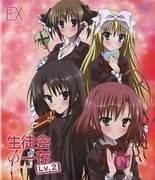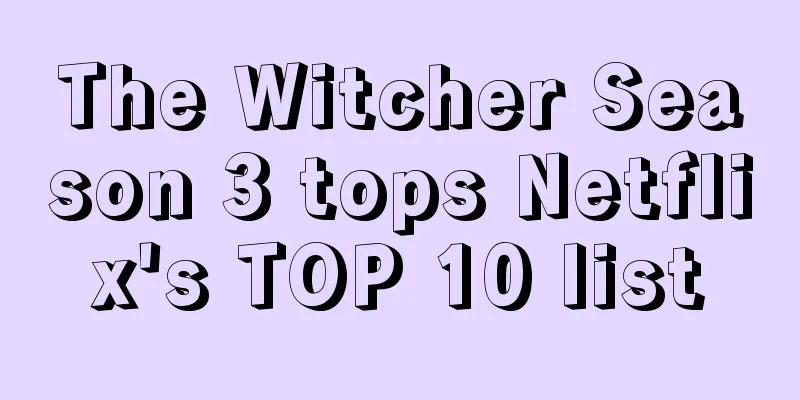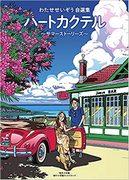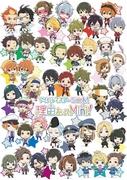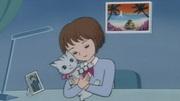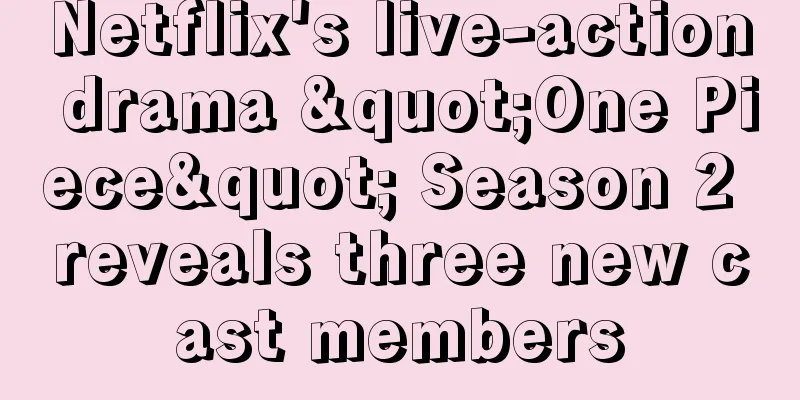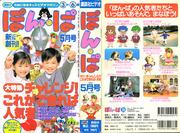A thorough evaluation of the effectiveness of "Minna no Uta" in learning Japanese!
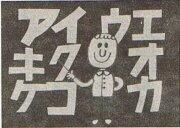
"Japanese Language Lessons" - Learn Japanese language and culture through everyone's songs"Nihongo no Okeiko" is a short 2-minute animated work that was broadcast on NHK Educational TV (now NHK E-Tele) in December 1961. This work was produced as part of NHK's popular program "Minna no Uta" and aims to convey the beauty and fun of the Japanese language to children. Here we provide comprehensive information about this work, including detailed information and recommendations for viewers. OverviewThe original media of "Japanese Lessons" is listed as "Other," which shows that it is an animation with an original story. It was broadcast in December 1961, with only one episode. It was produced by Shuichi Nakahara, and the copyright is owned by NHK. Story and ThemesThis work aims to teach children basic expressions and words in the Japanese language. In the animation, the main characters use Japanese in various situations and show the audience how to use it. For example, greetings, expressions of gratitude, and phrases commonly used in daily life are featured. The main theme of the show is to convey the beauty and joy of the Japanese language. The visuals and music of the animation are also produced in line with this theme, and the show is designed to help children learn Japanese while having fun. characterThe main character appears in "Japanese Lessons." This character is responsible for teaching Japanese to children, and is characterized by a bright and friendly design. Although the character's name and detailed setting have not been revealed, his presence and familiarity enhance the appeal of the work. BackgroundThis work was produced as part of NHK's educational programming. For many years, NHK has been focusing on children's education, and "Minna no Uta" has been loved by many children as part of that effort. "Nihongo no Okeiko" is also part of that trend, and was produced to convey the importance of the Japanese language to children. The creator in charge of production, Shuichi Nakahara, is an experienced creator who has worked on many educational programs and animations. His works are characterized by content that is easy for children to understand and that they can learn while having fun, and "Japanese Lessons" is one example of this. Vision and MusicThe visuals in "Japanese Lessons" are designed to be familiar to children. They are colorful and bright, making the content visually enjoyable. The animation is also smooth, so children won't get bored. The music is also chosen to have a melody that is easy for children to understand. The lyrics contain basic Japanese expressions and are designed to help the audience pick up the words naturally. The combination of music and visuals effectively conveys the theme of the work. Impact on viewers"Japanese Lessons" has had a huge impact on viewers by not only teaching children basic Japanese expressions, but also conveying the beauty and joy of the language. It is said that children who watched the show at a young age in particular deepened their interest in the Japanese language and gained a deeper understanding of the language. It is also said that watching this film together with parents and children has the effect of deepening communication between family members. It also contains a lot of information that parents can use as reference when teaching Japanese to their children, so it can be said to have high educational value. Recommendations and ratings"Nihongo no Okeiko" is an excellent educational animation for teaching Japanese to children. Although it is only two minutes long, it is packed with content and teaches the viewer a lot. I would especially recommend this to young children and those who have just started learning Japanese. This work has been highly praised for both its educational value and its entertainment value. It effectively expresses the theme of conveying the beauty and joy of the Japanese language to children through a combination of visuals and music, leaving a strong impression on viewers. In addition, watching the work together as a family deepens communication between family members, making it a work of great educational value. Related works and how to watch them"Nihongo no Okeiko" was produced as part of NHK's "Minna no Uta" program. Therefore, by watching other "Minna no Uta" programs as well, you will be able to appreciate the beauty and joy of the Japanese language more deeply. In particular, we would like to recommend other programs with similar educational content, such as "Okaasan to Issho" and "Nihongo de Asobo." You can watch it on the NHK official website or video streaming services. The NHK official website has archived past "Minna no Uta" programs, including "Nihongo no Okeiko." Video streaming services also provide content that compiles NHK's educational programs, which you can also watch there. summary"Japanese Lessons" is an educational animation broadcast on NHK Educational TV to teach children the beauty and joy of the Japanese language. Although it is only two minutes long, the content is dense and teaches the viewer a lot. I would especially recommend this work to young children and those who have just started learning Japanese. This work effectively expresses its theme through a combination of visuals and music, leaving a strong impression on the viewer. In addition, watching it with parents and children has the effect of deepening communication between family members, making it a highly educational work. By watching related works such as "Okaasan to Issho" and "Nihongo de Asobo" together, you can appreciate the beauty and joy of the Japanese language even more deeply. |
>>: Review of "The Mouse's Wedding": The appeal of a classic fairy tale and a modern interpretation
Recommend
Detailed review and rating of Appleseed #2
"Appleseed": Warriors Pursuing the Trut...
Netflix announces strategic alliance with Spielberg to launch more works in the future
According to Reuters, Netflix announced on June 2...
Disney officially releases the Chinese theme song of "Mulan" dedicated to every woman
Disney officially released the Chinese theme song...
"I Will Live Here": Appreciating the fusion of moving story and music
I'm going to live here - I'm going to liv...
Stephen Chow and Cecilia Cheung appeared together for the first time in a long time, recreating classic scenes from "The King of Comedy" and bringing netizens to tears!
Today (January 15), some media shared a promotion...
FGO theatrical version of "The Sacred Round Table Realm" official trailer battle scene released
The official trailer for the Fate/Grand Order the...
The appeal and reviews of the "Sakamoto desu ga?" OVA: What are the must-see episodes?
"Sakamoto desu ga?" OVA comprehensive r...
The appeal and evaluation of PoPo Louise: A new masterpiece of everyone's songs
Popo Luise - The appeal of Minna no Uta and its b...
NV Huang Renxun hopes his biopic will be starred by Jackie Chan: He looks like me
Recently, HP's online program "The Momen...
The final trailer of the League of Legends spin-off animation "Battle of Two Cities" was released
Netflix released the final trailer of "The B...
The Little Match Girl: A moving story and its animated adaptation
The Little Match Girl - A moving story from a tim...
"Men in Black: International" Alien Wanted Poster: The femme fatale is not to be trifled with
Today (June 11), the sci-fi action blockbuster &q...
The appeal and reviews of "Pom Poko Buyouden": A must-see anime experience
Pompoko Heroic Legends - A classic anime from the...
A thorough review of the Doki Doki! PreCure movie! A look into Mana's wedding and the dress of her dreams
Appeal and evaluation of the movie "Dokidoki...
Yu-Gi-Oh! Duel Monsters GX - A masterpiece depicting the challenges and growth of the next generation of duelists
The appeal and evaluation of "Yu-Gi-Oh! Duel...
